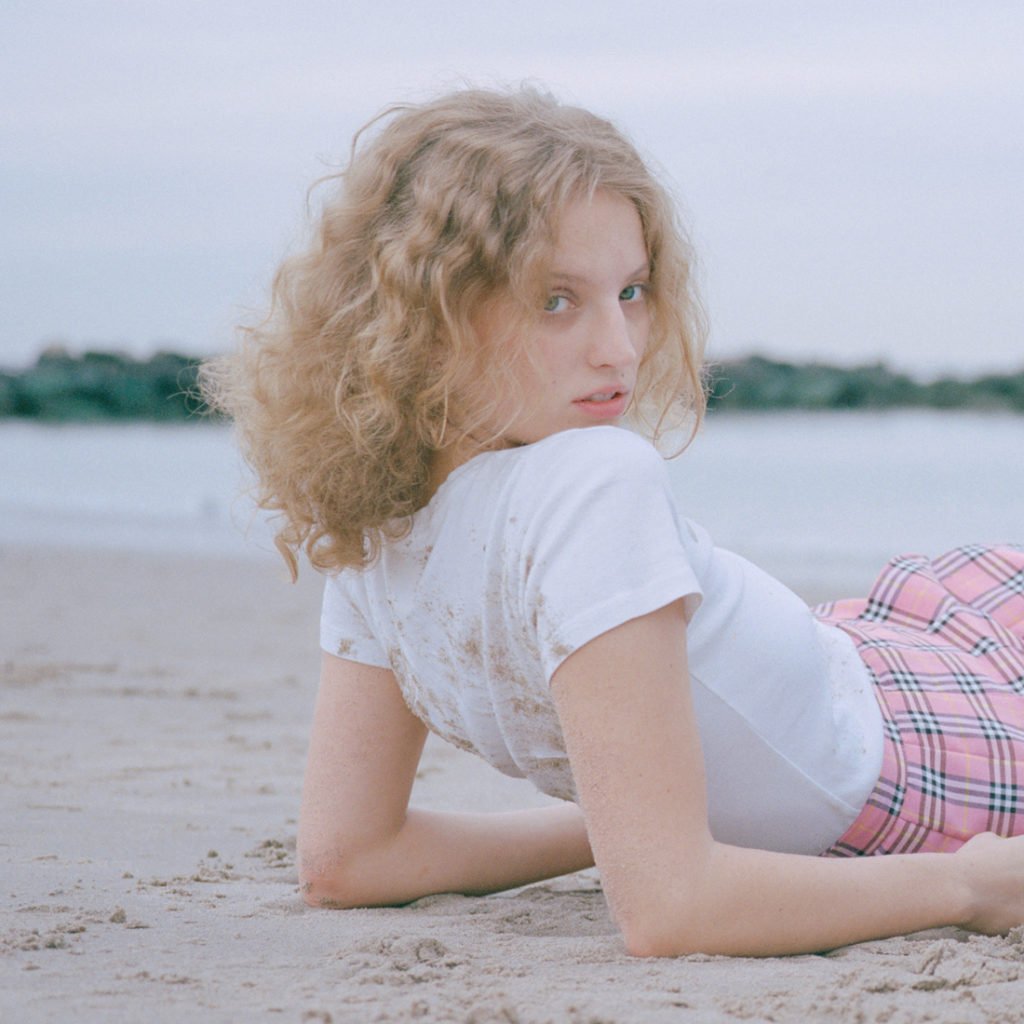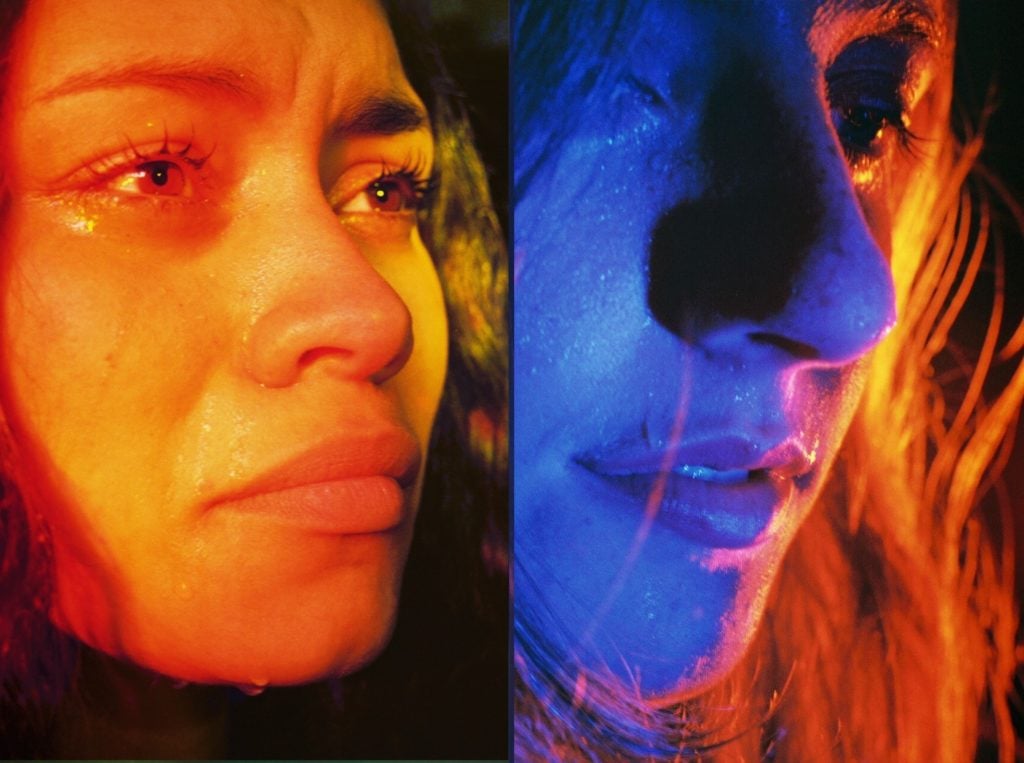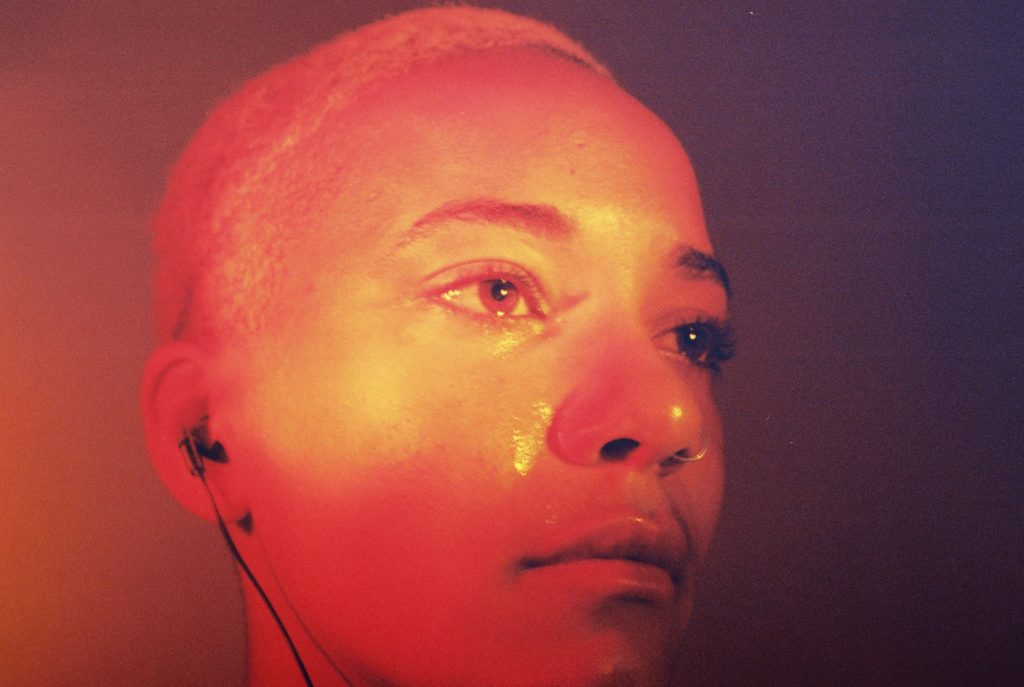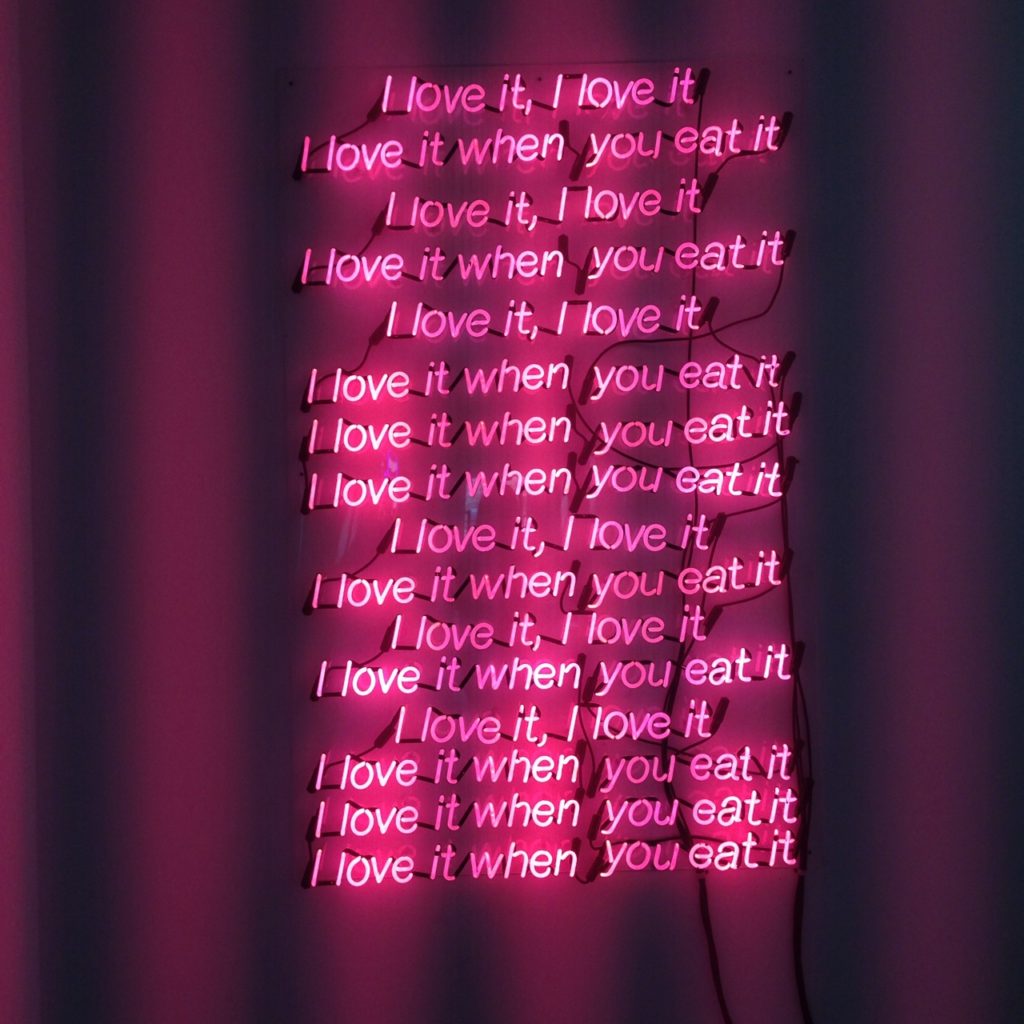People
Why Everyone Is Talking About Millennial Artist Petra Collins
She's working on a new book of images.

She's working on a new book of images.

Rain Embuscado

When she isn’t staging photoshoots for Vogue, running her online arts collective the Ardorous, or giving interviews about her work, Petra Collins is often dreaming about public art commissions and other passion projects aboard flights to and from New York and Toronto.
I last spoke to Collins in March, following a performance piece that she and fellow Toronto-based artist Madelyne Beckles collaborated on at this year’s Art Production Fund gala. In that time, among other things, Collins directed a music video for pop star Carly Rae Jepsen; published a zine of photographs called “24-HOUR PSYCHO;” and mounted a solo exhibition in San Francisco.
At the moment, Collins is working on a new book of images which New York-based publisher Rizzoli will be rolling out next summer. “It’s one of the most personal things I’ve ever done,” Collins told me in a recent phone conversation. “I was shooting my entire family and childhood friends and my old neighborhood.”
From starting out as a dancer, to why fellow millennial artist Alex Da Corte is iconic, here’s what Collins had to say about the state of the art world today.

Petra Collins, 24 Hour Psycho (2016). Courtesy Petra Collins.
How did you get into photography in the first place?
I was actually a dancer, and that was my main medium of communication. Art is the most important thing in my life because I really struggle with dyslexia. It was the one form where I could express myself. For a while, dance was that [form]. I went to art school for dance, but when I was 15 I hurt my knee really badly. After that, my doctors told me that my body wasn’t good for dance… It wasn’t traumatic, but I had no idea what I was going to do.
So, I started taking photos. I loved film, but creating movies and film pieces is difficult at a young age when you don’t have a budget and no help. Photography is a little easier in that sense, so I started taking photos with disposable cameras. But I realized this is what I wanted to do… I actually failed photography in school. We were only allowed to work in black-and-white, and the assignments were too dry for me. I really just wanted to capture people. Everything we had to imitate was very boring.
With photography, I could tell a story in one image—and there was so much power and emotion that went into it.

Petra Collins, 24 Hour Psycho (2016). Courtesy Petra Collins.
What are some of the issues that matter to you?
I’m always interested in telling stories that go untold. I’m at a point right now in my life where I’m hired to do magazine editorials and do my own casting, and I can create these images that have people in it that would never be in those spots otherwise. I try to do that as much as I can.
I also want to make sure that people know that I’m not here to speak for everyone. I am a white girl, and I don’t want to say I speak for the black experience. I think that’s why my role in casting and curating is something that I love doing. My photographs are very special to me, but I also don’t ever want to use people as tokens… I want to be as truthful as I can be to my environment.
See Also: Discover the Strange Story Behind These Old Master Emojis
You work as both a professional and commercial photographer. Do you care about that distinction?
Sometimes I’m surprised that artists don’t recognize the world that they live in, which is all about buying and selling. But when they think that art is separated from capital-driven society, it’s funny [when] they look down on the artists for doing anything commercial.

Petra Collins, I love it when you eat it (2014-2015). Courtesy Petra Collins.
Commercial or not, what are some passion projects you want to be working on?
I would really, really love to do a couple of public art pieces. I just don’t have the budget for those. I love having gallery shows, but I think being able to show your work publicly, like creating a billboard, is so much more powerful.
On the subject of interacting with the public, you’ve been involved in some performance pieces as well. Do you plan on doing more?
I really love doing performance art, being an ex-dancer. It’s very cathartic for me. I’m actually doing an exciting one in March. I don’t see myself stopping anytime soon. It just has to be the right venue and the right moment.
Tell us about the artists that you’ve been interested in lately.
I love Claire Melkoff, [who is] so beautiful and melodic and exciting. She’s from Canada and I’ve known her for forever. She runs this magazine the Editorial. And I also love Monica Kim Garza. Her paintings are endlessly inspiring.
I love Alex Da Corte—I’m obsessed. He actually came to my show in San Francisco. I didn’t realize it was him. I was like, I’m such a fan of your work. He’s just iconic. He creates these sets and settings that take from the past and the current but makes something totally new. Going into one of his shows is always experiencing something new…you always feel like you’ve entered a different reality.